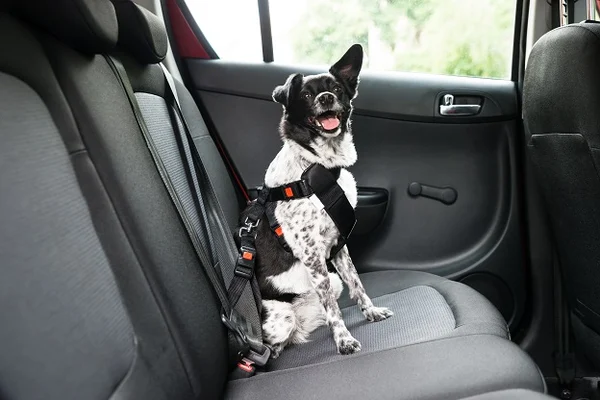How to Measure Your Dog for a Perfect-Fit Mobility Chair

Step 1: Know What You Need to Measure
Have a roll of flexible tape with you, or better yet, have someone accompany you and get your dog to stand still. All of the manufacturers of mobility chairs will need two or three standard sizes: rear height, body length, hip width, and maybe front leg height. Check twice with the company that you purchase from because measuring requirements will vary ever so slightly.
Step 2: From Floor to Top of Hindquarters
This is figuring out how tall your mobility chair wheels should be so that your dog can stand on them in a regular standing position. Get your dog standing on all four legs, grab a measuring tape, and take a measurement from the ground up to the back leg crease or hip. This will put your dog’s back in proper position straight when pushing against the chair so it won’t injure your dog’s back.
Step 3: Measure Your Dog’s Body Length
Measure, next, from the center of the back of your dog’s shoulder blades (center of neck and back) to the end of the tail. This is especially helpful with long-bodied dogs such as corgis or dachshunds so that the wheelchair frame will have enough room between the wheels and your dog’s entire body length and not be too long or too short.
Step 4: Take the Hip Width or Back Width
Use the broadest back rear section of your dog’s back—probably hips or thighs. That’s the measurement that the chair frame will have to provide your dog so that they can slide into it without rubbing or impeding movement. If your dog is thin or wasting away because of muscle, you might need to include a little extra width for weight recovery or cushioning.
Step 5: Weigh Your Dog
Although it feels easy, your dog’s optimum weight is a factor in choosing a sturdy enough chair, wheel size, and supportive one. Weigh your dog on a pet scale or weigh yourself and your dog together and subtract your weight. Round up a bit at all times to have the chair fit your dog with a little extra room to wiggle, particularly for high-energy or large breeds.
Step 6: Check for Any Special Needs
Certain dogs will have special needs, i.e., amputations, back issues, or neurologic deficits. If so, call your veterinarian or pet mobility specialist prior to selecting or purchasing a custom mobility chair. Some manufacturers offer specialty frames or components for front-leg support, quad carts, or posture support designs.
Conclusion
Must shop with the pet supplies in Australia. Buy online pet supplies for your pet. Like here we go, selecting a mobility chair is a step towards making your dog remain mobile and live a better life.
Measuring your dog’s exact size is time-consuming but places the chair in a position to not only give physical support to your dog but also to feel comfortable and fit for use. The rightly fitting mobility aid can help your dog walk, explore, and live again confidently and with joy. Double measure always, use the maker’s size chart, and if in doubt, go visit a professional. Your animal’s comfort and freedom of movement are all worth every pound of work.
Tags



